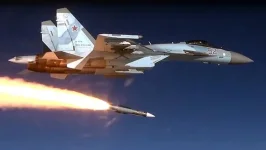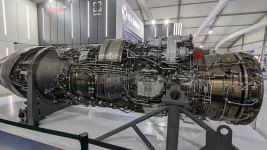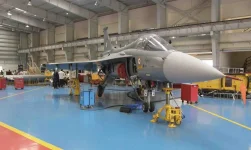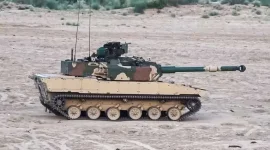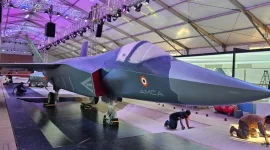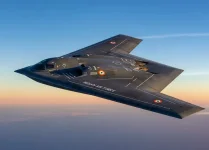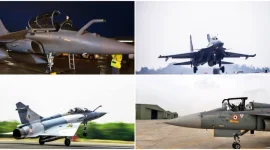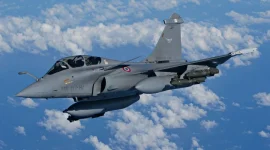The Indian Air Force (IAF) is preparing to significantly enhance the combat effectiveness of its indigenous Tejas fighter jet fleet by equipping them with the next-generation Astra Mk2 missile.
The integration process for this advanced, long-range air-to-air missile is scheduled to commence later this year on the Tejas Mk1 and Mk1A aircraft, with critical firing trials anticipated by mid-2026.
Developed by the Defence Research and Development Organisation (DRDO), the Astra Mk2 is a Beyond Visual Range Air-to-Air Missile (BVRAAM) that has entered its final user trial phase.
This state-of-the-art weapon is designed to engage and destroy hostile aerial targets at an impressive range of 140 to 160 kilometres. Its induction marks a major step forward in India’s military aviation capabilities and its push for self-reliance in critical defence technologies.
The new missile builds upon the capabilities of its predecessor, the Astra Mk1, which has a range of up to 110 km and is already operational on the IAF’s Su-30MKI and Tejas Mk1 fleets.
The Astra Mk2 features a sophisticated dual-pulse solid rocket motor, which provides it with increased energy and maneuverability during the final phase of an engagement. This technology significantly expands the missile's "no-escape zone," increasing its effectiveness against highly agile enemy aircraft.
From a strategic perspective, the Astra Mk2 positions the IAF on par with global air powers. Its operational range is comparable to that of the American AIM-120D AMRAAM and China's PL-15 missile, which is used by both China and Pakistan.
The missile's advanced Active Electronically Scanned Array (AESA) seeker ensures high precision and resistance to electronic jamming, making it a formidable tool against modern aerial threats posed by aircraft like the Pakistani JF-17 Block III and the Chinese J-10C.
This missile integration is a crucial upgrade for the indigenously developed Light Combat Aircraft (LCA) Tejas. The Tejas Mk1A is an advanced variant of the fighter, featuring an AESA radar, an electronic warfare suite, and superior avionics.
The successful test-firing of the Astra Mk1 from a Tejas on March 12, 2025—which resulted in a direct hit on a target over 100 km away—has already proven the platform's capability to deploy long-range weapons.
The upcoming trials will further validate the synergy between the Astra Mk2 and the Tejas's advanced systems.
Hyderabad-based public sector unit Bharat Dynamics Limited (BDL) has already commenced limited series production of the Astra Mk2. This initial production run follows extensive flight tests on the Su-30MKI platform and ensures the IAF has a ready stockpile as the missile completes its final trials.
Full-scale production is expected to begin by 2027, aligning with India's "Atmanirbhar Bharat" initiative and providing a cost-effective alternative to expensive imported missiles like the European MBDA Meteor.
The move to equip the Tejas fleet with the Astra Mk2 is set against a backdrop of heightened regional security concerns.
The strategic importance of this capability was underscored during "Operation Sindoor" in May 2025, where Indian forces conducted precision strikes against terrorist infrastructure in Pakistan.
By deploying Tejas Mk1A squadrons armed with the Astra Mk2 to key airbases such as Nal in Rajasthan and Naliya in Gujarat, the IAF aims to establish air dominance and effectively counter advanced missile systems operated by neighbouring countries.

